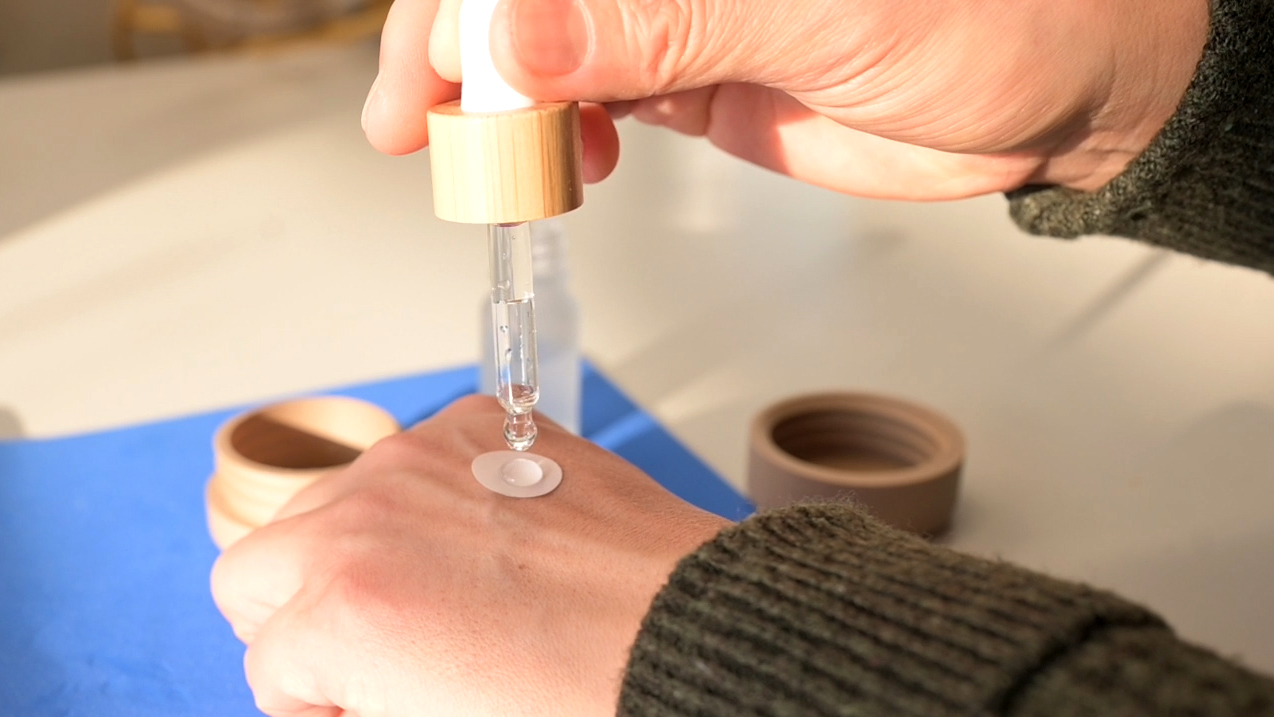How Can A New Waterless Moisturizer Reduce CO2 & Waste?

Share This Article
Waterless beauty products have become the latest trend highlighted in the beauty industry. Also known as water-free or anhydrous beauty, these products are formulated without water which can make them more potent. From an environmental standpoint products like a waterless moisturizer have a reduced size and weight which in turn can reduce the amount of packaging needed. If you’ve ever purchased a shampoo bar to replace your standard shampoo packed in a large plastic jug, then you’ve seen the difference in packaging and space on your bathroom closet shelf. This year, Sheng Qi, a professor at the University of East Anglia in the UK, developed a technology, called DRIES, that removes 98% of water to create products like a waterless moisturizer or shampoo. “If you think about shampoo, shower gels, lotions, cleansers and so on, around 85% to 98% of the weight of those materials is water,” Qi says. “So consumers are paying a very high price just for shipping those around the world.” Considering the fact that reducing single-use packaging and water waste are two big issues in the beauty industry, her findings are a promising step towards the industry being in a better position to address those issues.
Skincare products have been formulated with water for decades to offer hydration, texture and in some cases it helps other ingredients to dissolve better. But, with an estimated 4 billion people worldwide experiencing severe water scarcity for at least one month out of the calendar year, addressing how industries use and waste water is a growing concern. The other side of the coin is that packaging water heavy products produces an estimated 120 billion units of plastic packaging annually. “We know that shipping around products full of water generates a big carbon footprint due to the heavy weight and bulky packaging, often in plastic,” Qi explains. “This is why the beauty and personal care industries are very interested in the technology; because it will help them to reach their net zero goals much more quickly.”
How Does The Waterless DRIES Technology Work?
Chances are, you’ve come across waterless products like a classic bar of soap, powered laundry detergents or the previously mentioned shampoo bar. But, as Qi explains, “Most of the industrial processes for creating a dry powdered product, like powdered soap, dry through processes like spray-drying, which uses quite a lot of energy and heat.” However, heat isn’t always ideal for the delicate ingredients that are often found in skincare since it can cause them to loose their activity. “The key advantage of our technology is that we don’t use heat for drying,” Qi says. Instead, the water is taken out “by jetting the liquid out in a very thin liquid jet, which dries really quickly. The solid residues form very thin fibres which land on each other and form this material, which feels like a piece of paper.”
In the hands of the consumer this can be a waterless moisturizer that looks like a dime-sized piece of paper and requires a drop of water to be added to turn it into a cream that you can then massage into your skin.
The DRIES process has been in development since 2018. Originally, it was being created for the pharmaceutical industry. But, it expanded when Qi and her team realized the potential benefit it could bring for the beauty and skincare industries. “We talked to more than 120 companies and found out that the beauty and personal care industry really want it,” Qi says. This need was further validated when DRIES won the 2022 Cosmetics Cluster UK 32nd IFSCC Congress–Innovation in Action–Technology Showcase Challenge award.
What’s Next For Waterless Beauty?
Like most technologies, DRIES can only become a reality as fast as it’s adopted by the production facilities that specialize in beauty and personal care products. While there are specialized companies in Europe and China, they’re aren’t any in the UK at the moment, Qi sees it as an opportunity for the UK to build their own. Elsewhere, her team has spoken with various companies in the beauty, skincare and agritech industries about how they can transform their current liquid-based products to a waterless products. To her, these partnerships are crucial and exciting. “I think that the whole point of scientists doing science is to solve real-world problems. I’m very much enjoying working with industrial partners – it’s so much more interesting when you can see there’s an end product that could be used.”
